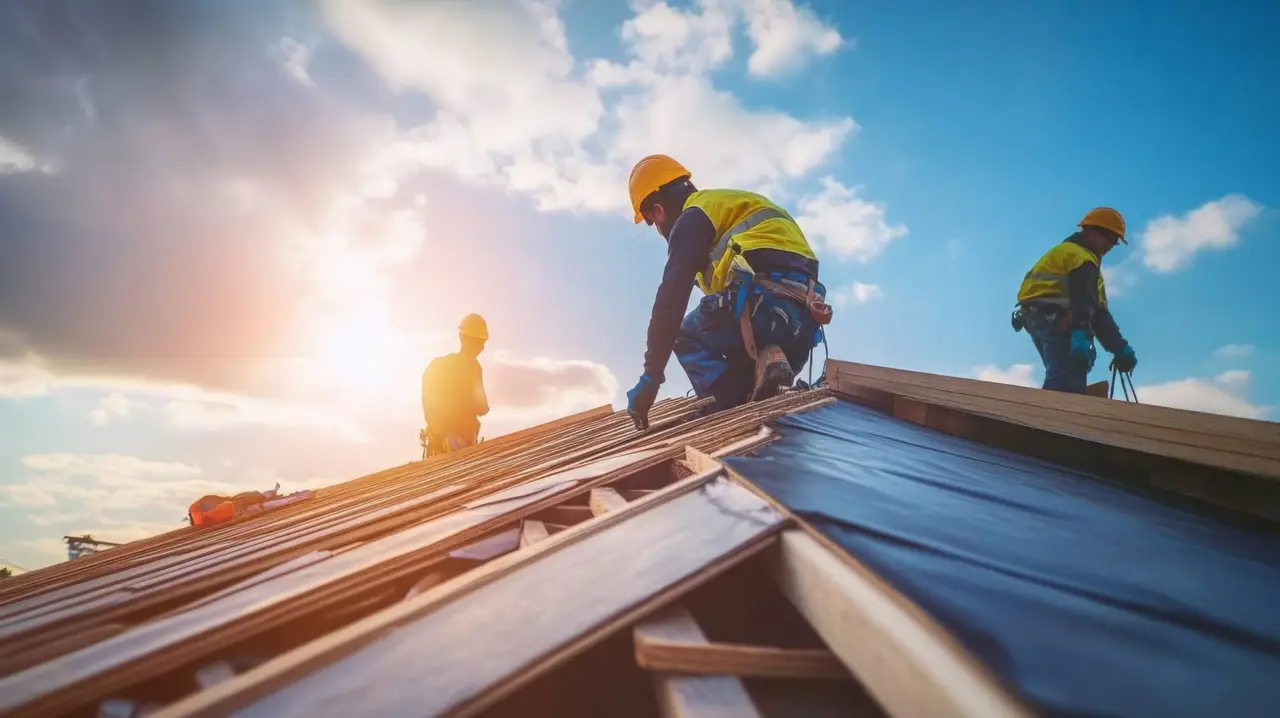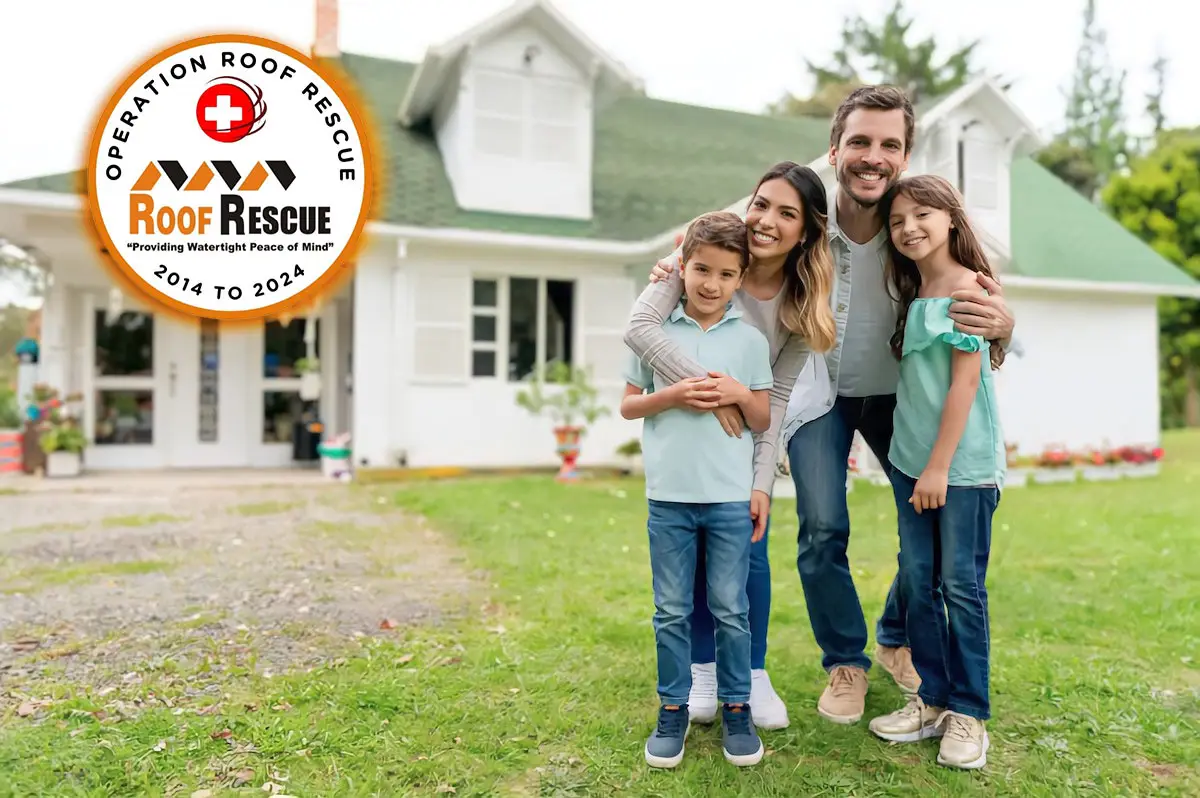Nature is tenacious. Given any opportunity, it will find a place to grow and attempt to turn any structure back into the forests and grasslands that are natural to our ecosystem. Unfortunately, this process often starts with mold and algae growing on roofs. Both mold and algae are flora that enjoy moist environments. They also grow on the shady side of roofs and under tree boughs, where they are protected from direct sunlight and can eat some aspect of your roof materials—leading many homeowners to seek out roof algae removal solutions.
Mold and algae can cause roof damage, as well as discoloration that can be seen from a distance. Roof Rescue can help you identify, prevent, and remove mold and algae to keep your roof clean and safe.
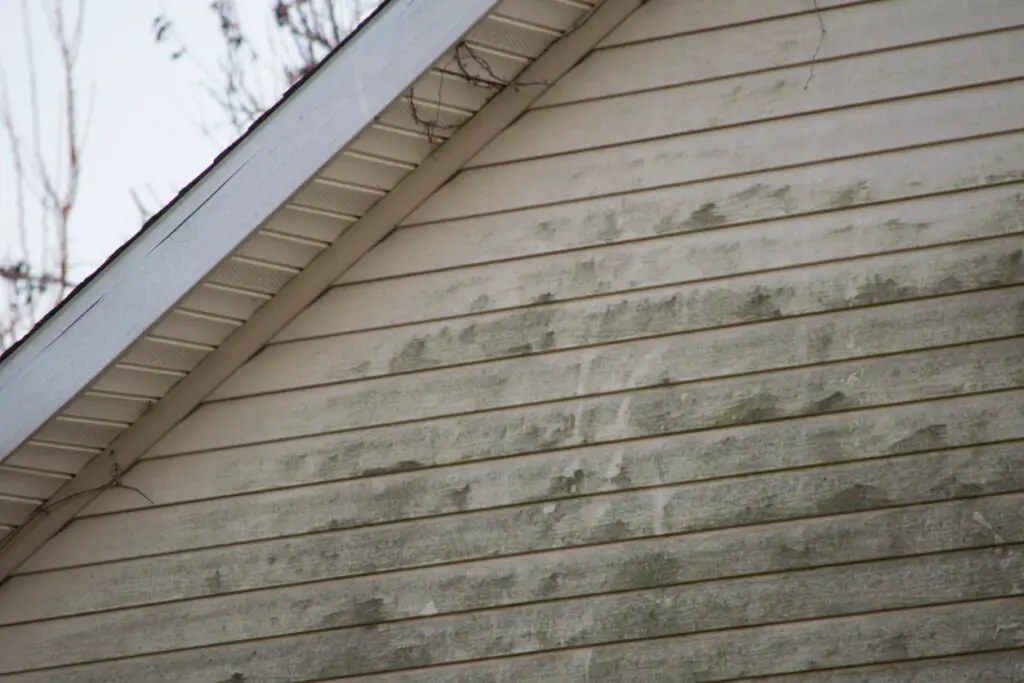
Understanding Mold and Algae
Mold and algae are two different types of plant life that enjoy similar environments and cause similar damage to roofs.
Mold
This is a fungus that likes to eat moist, porous organic materials. While it appears on the surface of your roof, mold is more insidious because it wants to eat the wood beams that make up your roof structure. Mold can appear as green, brown, or black patches on your roof.
Algae
Alage is typically an aquatic growth but can grow anywhere with enough moisture and the opportunity for photosynthesis. Algae consume minerals, such as the limestone granules on roofing shingles that protect your roof from UV rays. Algae appear as black streaks in low-sun areas of your roof.
Mildew
You might also notice mildew, a fungus similar to mold, which appears as pale or white patches on your roof. All three also tend to favor shaded areas of the roof that are sheltered from direct sunlight and accumulate moisture.
Impact on Health and Property
Mold and mildew can produce health problems and structural risks to your property. Mold is the most insidious, as it prefers to grow throughout your home. They are prevalent not only on rooftops but also on structural beams, the hidden side of drywall, carpet pads, and more. Mold and mildew can slowly consume all organic material as if your home were a dead tree in the forest turning back into dirt. Algae, on the other hand, is more likely to be found only in outdoor areas as it prefers shady photosynthesis.
Both mold and algae produce allergic spores and can have toxic effects on roofs and health.
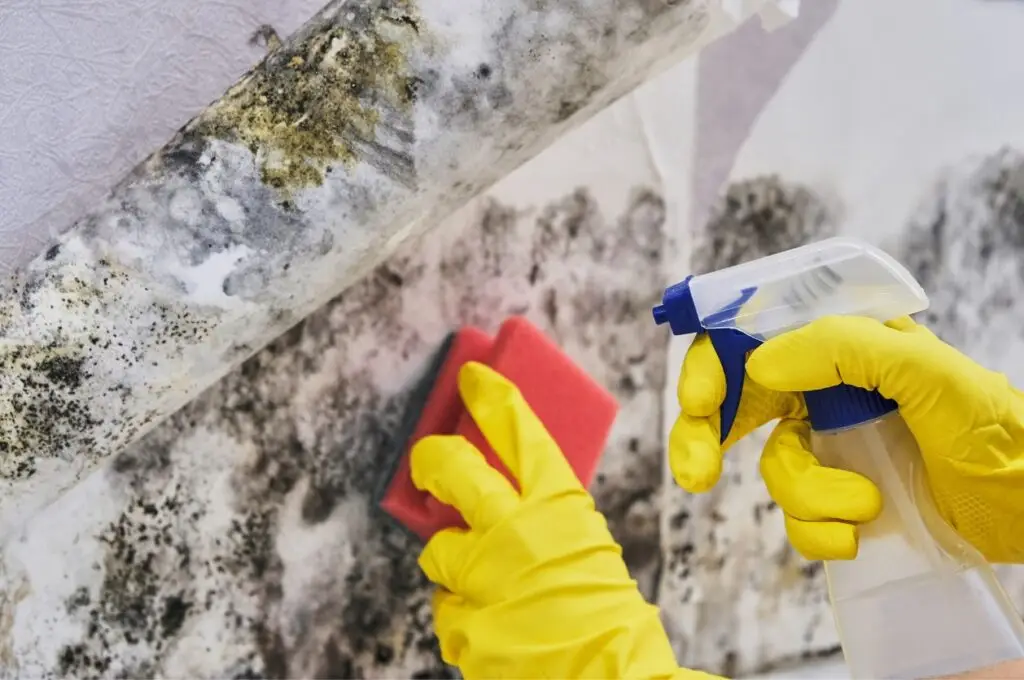
Prevention
- Keep the roof maintained
- Replace missing or damaged shingles
- Prevent roof low spots
- Keep the gutters clear
- Clean gutters regularly
- Install gutter guards
- Check downspout clearance
- Trim tree limbs
- Prevent permanent shade
- Protect your roof from fallen limbs
- Install copper and zinc strips
- Strips at the top and seams of your roof
Roof Maintenance
The first step in preventing mold and algae damage on roofs is to keep yours in good repair. Replace any missing or damaged shingles and pay close attention to soft shingles that have already taken water damage. This will help prevent low spots and moisture buildup that can become a welcoming environment for mold or algae growth.
Clear Gutters
Next, take good care of your gutters. Keep your gutters clear of debris and prevent clogs in your downspouts. You should also consider installing gutter guards to reduce the effort needed to keep gutters clear and minimize the risk of clogs and water buildup on your roof between cleanings.
Trim the Trees
The third step in preventing mold and algae damage on roofs is to trim trees. Ensure that tree boughs do not overhang the roof or create permanent shade. Shade trees can be good for energy efficiency, but limbs directly over the roof create a shelter for mold and algae growth. They can also potentially damage your roof if those tree limbs fall during a storm. Careful tree trimming can make a big difference and ensure all sections of your roof are exposed to direct sunlight at some time during the day.
Algae Resistant Shingles
You can also install algae-resistant shingles if algae is a particularly persistent problem in your neighborhood. The next time you rebuild your roof, ask about shingles designed to prevent algae growth.
Copper and Zinc Strips
Of course, the most effective way to prevent mold and algae on roofs is to install copper or zinc strips. These metal strips discourage growth with surprising effectiveness. Copper or zinc strips can be installed at the top edges and at the seams of your roof to prevent mold or algae from taking root in the first place. You can have these strips installed on your current roof without a rebuild.
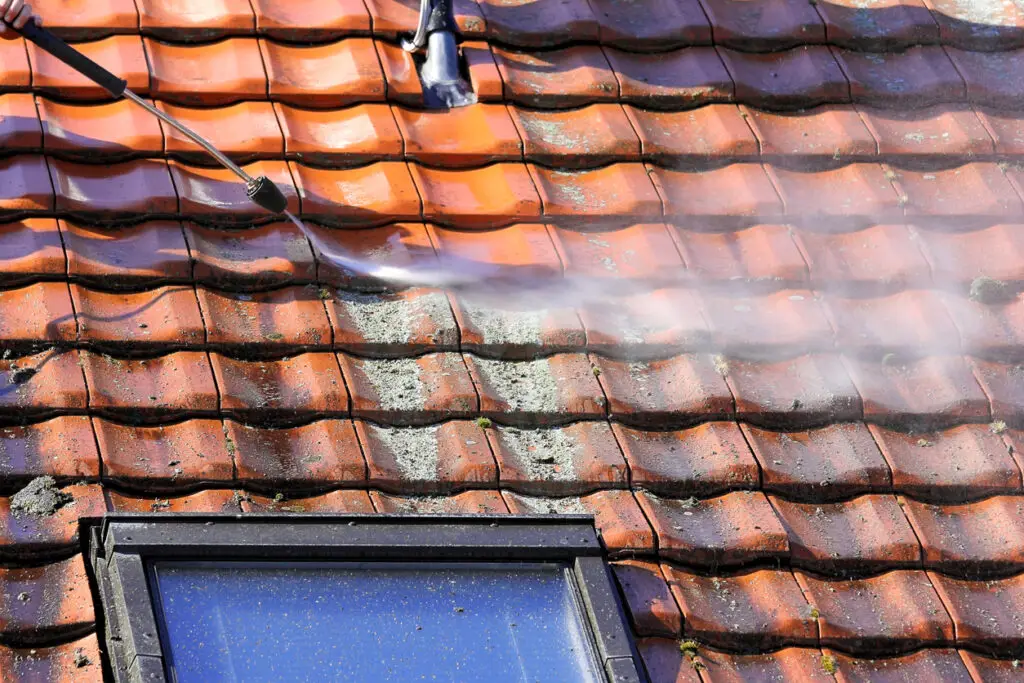
How to Remove Mold and Algae on Roofs
Of course, prevention is only useful after you have cleared the mold and algae that are already growing on your roof. You will need to kill the plant life growing there and then clean it away. It is important to choose the right roof algae removal methods and materials to clean away mold or algae growth and keep your home’s surroundings safe while cleaning.
Bleach Washing
The most common way to remove mold and algae from roofs is to use a mixture of bleach and water. Bleach kills all types of organic growth, from microorganisms to fungi (like mold) and photosynthetic protists (such as algae) that may be growing on your roof. However, it is also important to protect your home and landscaping when doing a bleach wash. Ensure the run-off does not enter your garden by working with professionals who know how to perform a property-safe bleach roof cleaning.
Fungicide Washing
If you are dealing only with mold, you can apply a fungicide that only affects fungal growth and is less likely to put your flower beds at risk. A fungicide wash is often a milder and potentially more eco-friendly option.
Scrubbing and Shingle Repair
Once the growth has been removed, your roofing team can scrub away the residue to restore the color and health of your roof. If any shingles have taken too much moisture damage below the growth, you can also have them replaced to restore the integrity of your roof.
House-Wide Mold Removal
If your roof is growing mold, it is also a good idea to have a house-wide inspection starting with the attic. Mold likes to eat wood and fabric, and even live on the backside of drywall and in tile grout. Anywhere there is moisture, mold could grow. Removing mold from your house can protect its structural integrity and improve your family’s health and safety.
Removing Roof Mold and Algae With Roof Rescue
If your roof is growing mold, algae, or some substance you don’t know how to identify, we can help. Roof Rescue’s roof cleaning experts can help identify, clean, remove, and prevent the growth of mold and algae on roofs. Whether you need immediate roof algae removal or expert guidance on how to prevent algae on roof surfaces, contact us to book your initial roof assessment and explore the potential solutions.
Mark Franklin, owner of Roof Rescue in Idaho Falls, Idaho, has been a trusted name in roofing since 2014. Serving Idaho, Montana, Wyoming, and Utah, Roof Rescue specializes in commercial and residential roof replacement and installation. Recognized for community initiatives like the “Operation Roof Rescue” program, which provides free roofs to local heroes, Mark combines professionalism with a passion for giving back. With 16 years of industry experience, an A+ Better Business Bureau rating, and glowing customer reviews, Mark’s leadership embodies quality and community-focused service.

